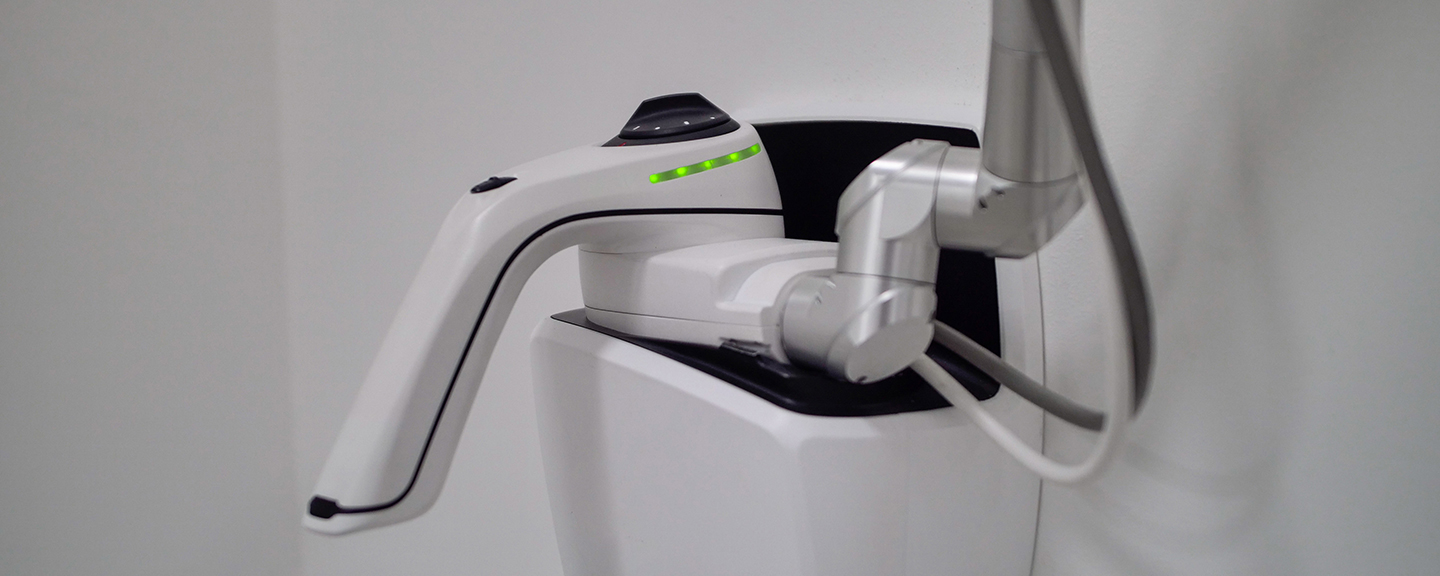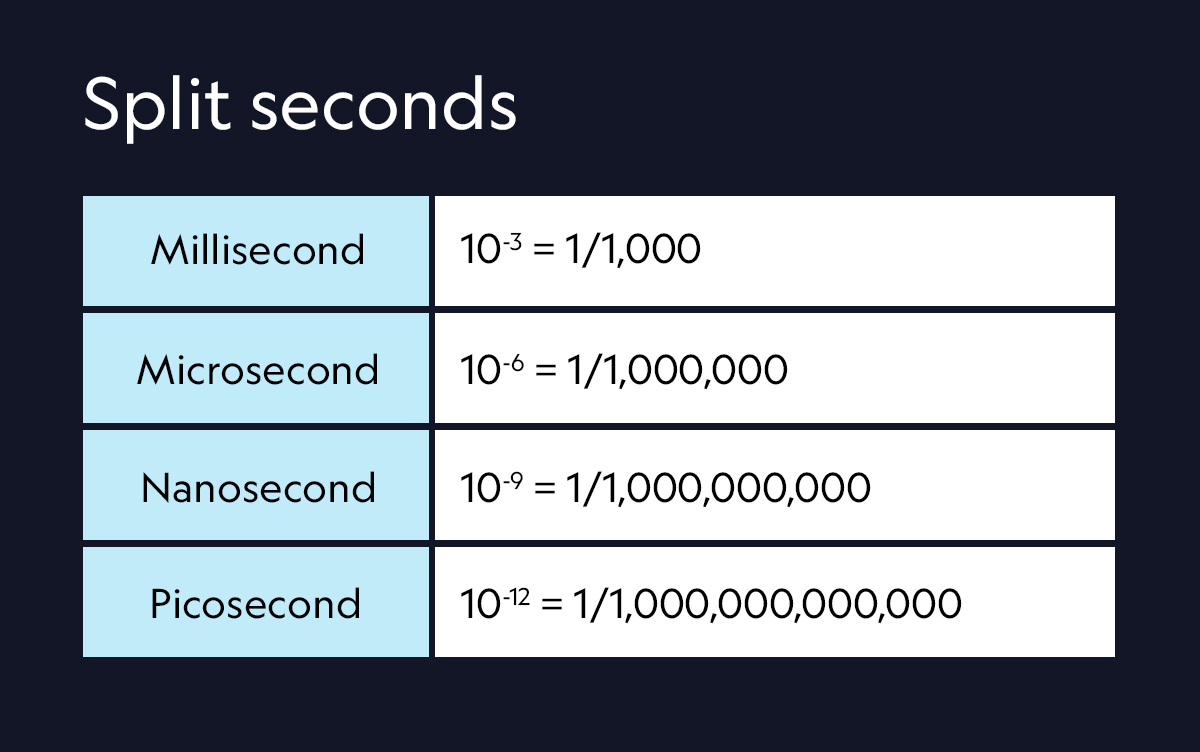It’s a long way to LightSense™
After existing for a full 60 years, lasers have only just been properly harnessed for their potential to safely and effectively remove tattoos.
It’s taken a long time to fine-tune the science that underpins laser tattoo removal so that the machines are able to offer safe removals and great results.
In this history of laser tattoo removal we trace the origins of the industry back to the Romans, visit 1960s America, and bring you up to date by looking at the game-changing 2020 release of the LightSense™ laser system.
We take a deep dive into:

Before lasers there were other, far more dangerous ways of removing unwanted tattoos.
There is a long and distinguished history of tattoo regret.
You’re in good company wanting to remove a tattoo, like the Roman soldiers shipped out to the farthest reaches of the empire who would return home with tattoos, inspired by autochthonous populations but that looked out of place back in Rome.
They resorted to dermabrasion, essentially wearing the skin away like sandpaper on wood. The technique can of course be very painful, leaving the skin vulnerable to infection. It is not an effective way to remove the ink pigment lodged in the dermis (the skin’s middle layer).
As the name suggests, this is where a saline solution is rubbed onto the skin and the superficial layer of the skin, the epidermis, is worn away.
This is a very dangerous and ineffective way of removing a tattoo, exposing the skin to infection and potentially causing scarring.
We include these two primitive methods of tattoo removal only to show how far we have come since the days of rubbing them away and hoping for the best. We do not recommend anyone trying these as they are unsafe and will do more harm than good.
Other extreme, surgical procedures for removing unwanted tattoos include excising the area of skin that contains the ink pigment and replacing it with a skin graft.

Fast forward to the 1960s and the first tentative steps towards effective laser tattoo removal were being made.
Lasers - the acronym stands for light amplification by the stimulated emission of radiation - were invented as recently as 1960. On 16 May that year Dr Theodore Maiman successfully operated the first laser in California. He is credited by many as being the inventor of the technology.
It didn’t take long for the numerous applications of this technology to become clear.
Seven years later, Dr Leon Goldman, memorialised by The New York Times as “a research leader in laser treatment”, conducted the first laser tattoo removal treatment.
His contribution to the field as a dermatologist at the University of Cincinnati extends outside the realm of tattoo removal, as he also helped pioneer the use of lasers in medicine, specifically for the removal of tumours.

Back this side of the Atlantic and the history of laser tattoo removal takes a stride forward in Scotland.
Quality-switched lasers (or Q-switched) typically worked in nanoseconds, as opposed to picoseconds as is the case with contemporary lasers. They became commercially available in the 1990s with the launch of the DLR-1 machine.
The first laser tattoo removal clinic in the world to use this then nascent technology opened in Glasgow in 1989 (two decades after Leon Goldman’s pioneering work).
A Scotland Today broadcast at the time reported that you could now remove tattoos as and when fashions shifted. The seeds of how many people now view tattoos (as an ever-changing part of our developing identities) were planted.
At the turn of the millennium research and development led to a new class of laser technology that works in a matter of picoseconds: that’s an incredibly quick one trillionth of a second.
This crucial measurement refers to the duration of the laser’s pulse, essentially, how long the pulse or flash of light is on for.
This matters in the world of laser tattoo removal.
A faster laser exposes the skin to potentially-damaging heat energy for a shorter period of time. Generally speaking, a faster laser causes less damage to the skin.
In terms of historical milestones, picosecond lasers were first approved in the US by the Food and Drug Administration (FDA) in 2012.
We’re now half a century on from where we began with the lasers of the 1960’s.
But there were further developments to be made.
The LightSense™ laser system came onto the scene in 2020 with a pulse width of just eight picoseconds and a spot size of 0.4mm. It is a type of picosecond laser - just an extremely fast one.
The maximum repetition rate of 1000Hz - that’s how many times a second the laser can fire - means it can cover skin fast.
These developments were about making laser tattoo removal as pain-free as possible.
“We have completely re-envisioned tattoo removal, placing comfort and patient safety front and centre,” says Dr Steven Hubert, part of the team that originally developed the laser system at leading centre of research Princeton University.
“As a dermatologist used to caring for skin it horrified me that the existing market for tattoo removal seemed to have accepted that pain, blistering, swelling, and other forms of skin damage were par for the course.”
The LightSense™ laser system is only available at NAAMA Studios where client stories testify to how far the world of tattoo removal has come since the days of the Romans.
That brings us up to date with the technology on offer.
But there are still gaps to bridge. As UniLad reports in their online article: “New Technology Allows Ethnic Minority Groups To Safely Remove Tattoos In Global First.” That might sound like a slightly hyperbolic title but the issue of laser tattoo removal’s effectiveness for all is a live one.
The future of laser tattoo removal might well be working towards technology that is effective for all colours of ink pigment on all Fitzpatrick skin types.
Aside from the many developments in laser technology there have been other inventions along the way, all seeking to make tattoos less than permanent.
These include ephemeral tattoos that are made to disappear on their own accord in roughly 9-15 months and which use a special ink that naturally breaks apart into smaller particles over time, and specially designed inks that are engineered to be removed easily with a laser, the ambitious hope being that following just a single laser treatment the skin would be clear again.
Of course there are also the beloved childhood sticker tattoos that let users try on any design they’d like on any part of their body knowing full well that the sticker will come off in the shower.
So as lasers have become better adapted for the job, inks too have been re-imagined. Essentially, the process of removal is being built into the initial tattoo designs themselves, offering the soon-to-be-tattooed client the opportunity of a removal from the absolute beginning.
Tattoos are no longer permanent, and the advice that they are is outmoded.
Sources:
LightSense™ statistics based on proprietary technology.
Other sources of information include:


